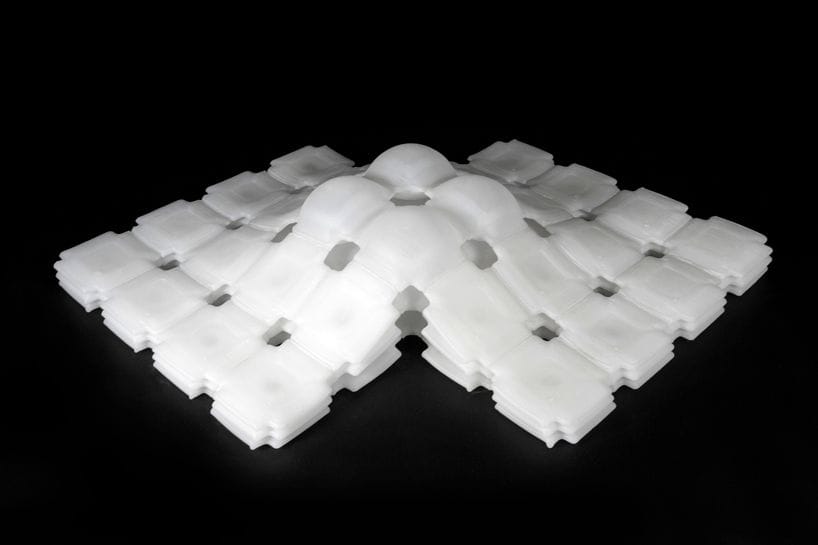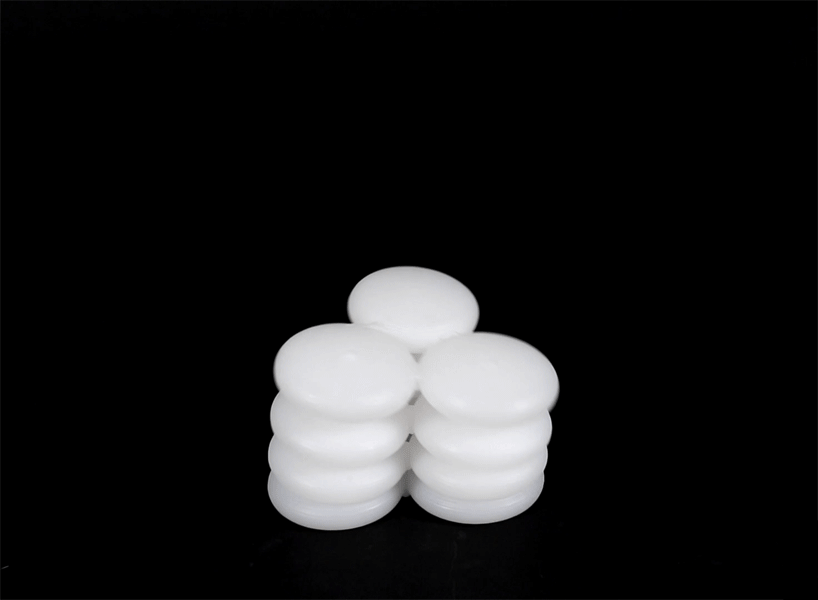
A story on designboom talks about some very intriguing ideas from automaker BMW.
They’ve been working with MIT to develop a kind of inflatable 3D print. They’ve been able to create a process that can produce bulb-like prints that are entirely water and air-sealed, which allow captured air to move between chambers.
Capturing air in a print is not a unique thing, as that’s been done ever since someone used non-100% infill settings on a print. However, in many 3D printing processes, the captured air is not really sealed in.
Particularly with plastic extrusion processes, and also some powder processes, there are significant gaps between the layers of the print. As an experiment, try 3D printing a cup and then pouring a liquid in it. You’ll soon see something like this, which we explained in detail in this post.
So it seems that MIT and BMW have overcome that issue. Designboom explains:
The material development started as a cross-disciplinary study in 2016, following advancements made with the self-assembly lab’s project with steelcase, where they invented a method of rapidly and freely printing objects whilst suspended in gel and therefore being unaffected by gravity. Going a step further, the lab – together with BMW – achieved a breakthrough when they managed to liquid print air and water-tight inflatable geometries. These can include complex channels and pockets that self-transform, while being only limited in size by the volume of tank. This is in complete contrast to the traditional manufacturing methods of inflatables, which typically includes expensive moulds and limited material properties.
The next challenge is providing a flexible material, so that the object can inflate and deflate. Again, flexible materials have been around for a while, but the challenge here is to 3D print them in a completely sealed manner, and do so such that they can withstand a great many inflations and deflations without failing or compromising the air seal.
And they’ve done that too.

Why would BMW be interested in such a mechanism? It appears they’ve working on ways to provide a dynamic method of adjusting soft parts in their vehicles.
Some of today’s vehicles have a memory that resets the seat configuration for a particular driver, usually when their specific key is detected. The seat will move forward or back, tilt appropriately and perhaps even squeeze in from the sides.
Now imagine the same seat quickly adapting to the actual shape of your butt. Instant comfy!
BMW’s future comfy butts will be enabled by 3D printed inflatable bulbs.
Via designboom

